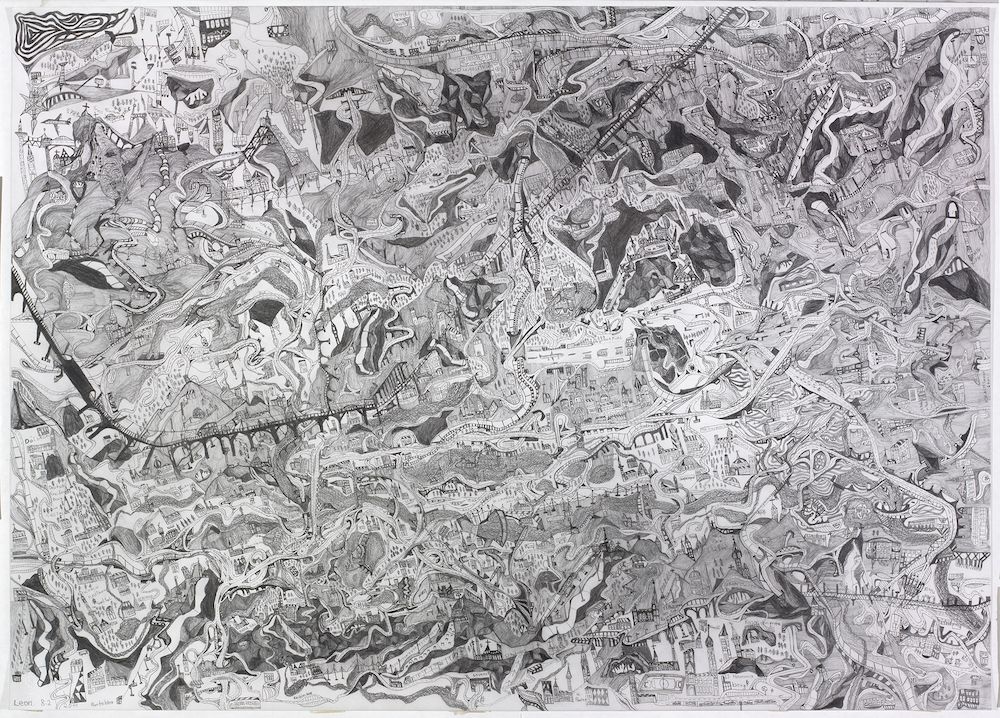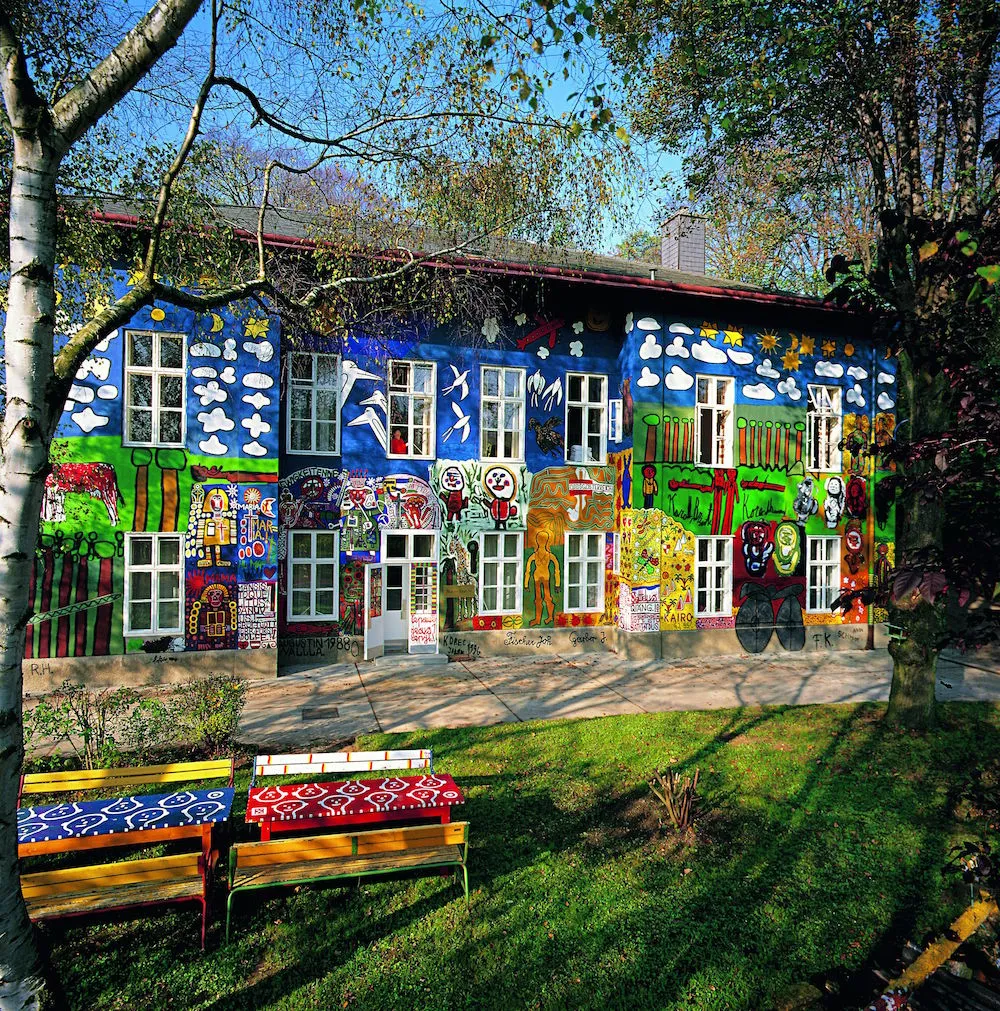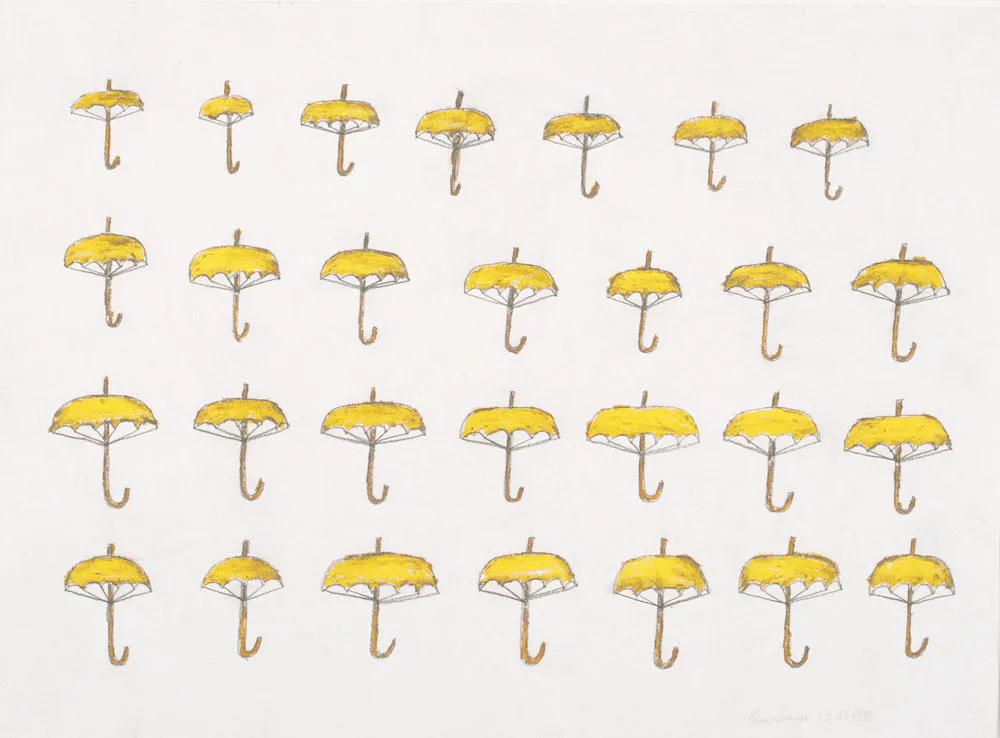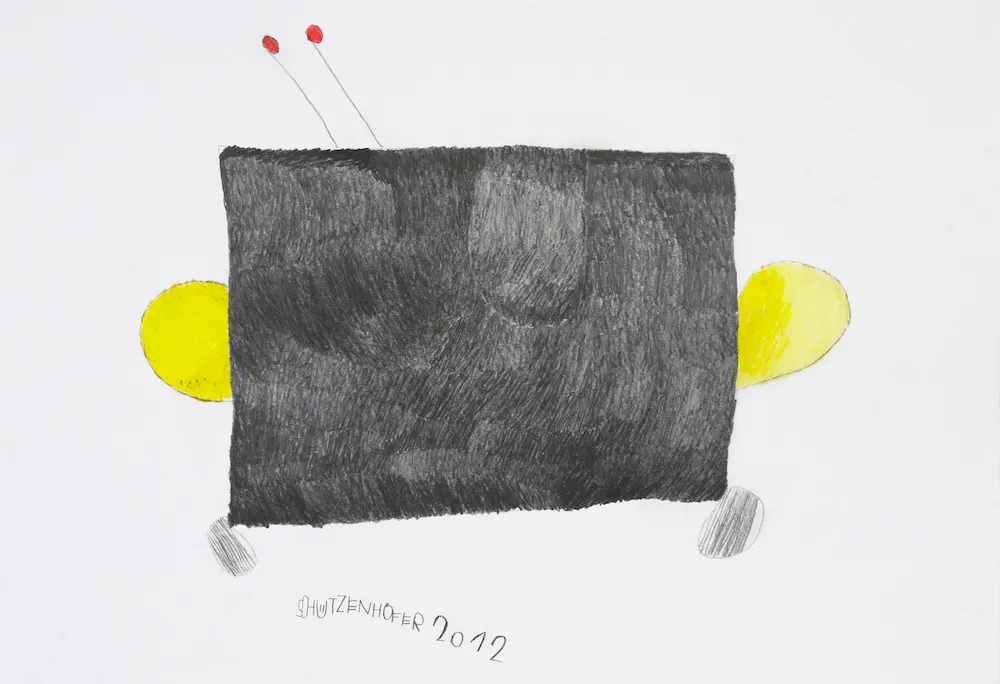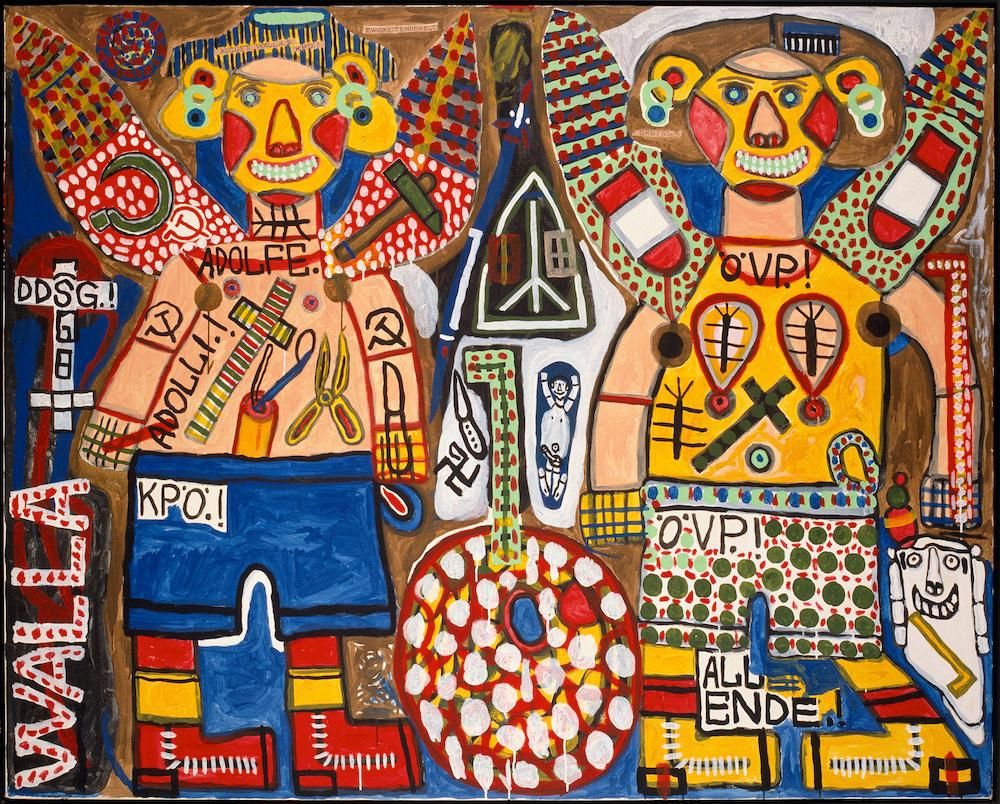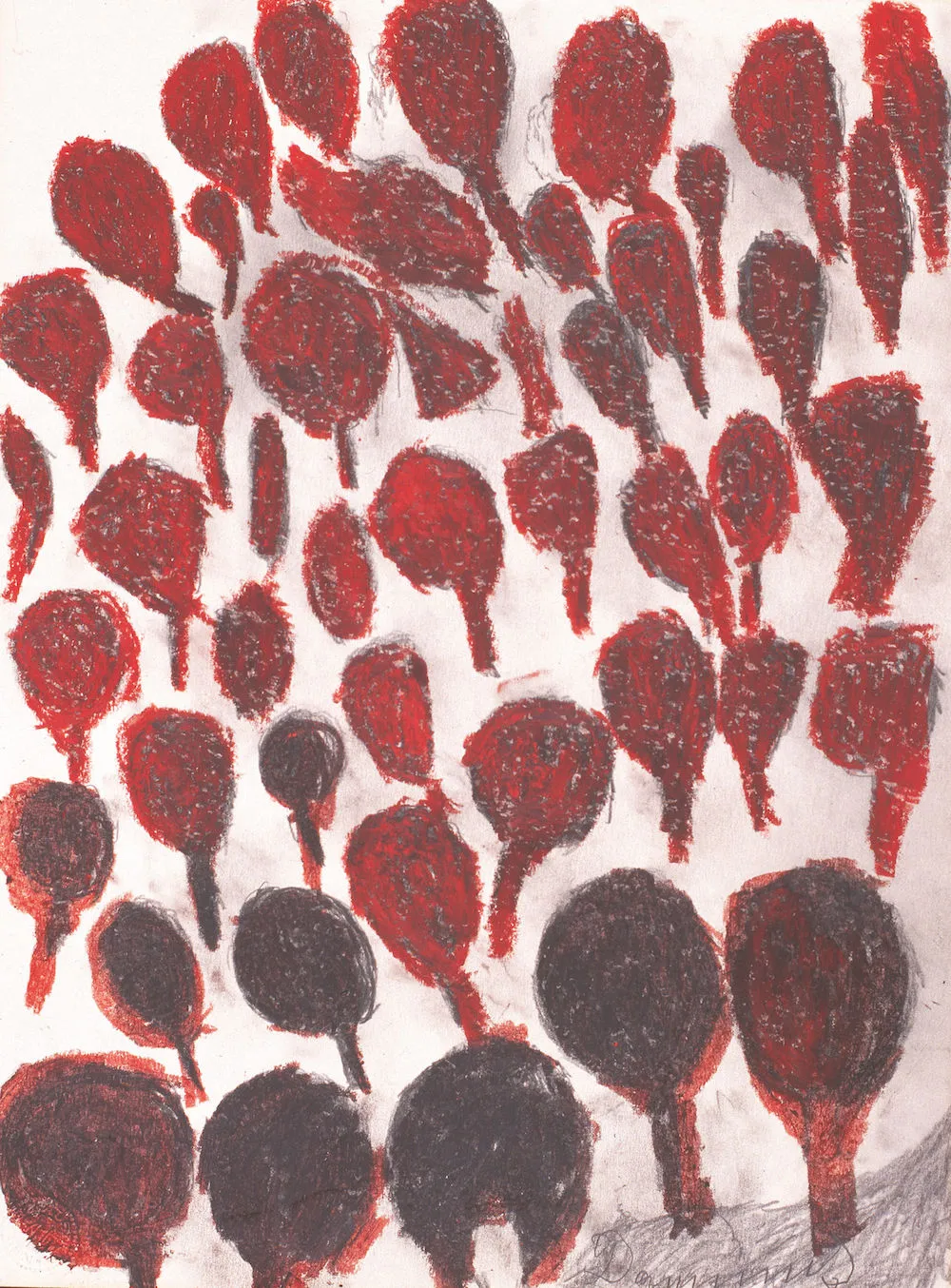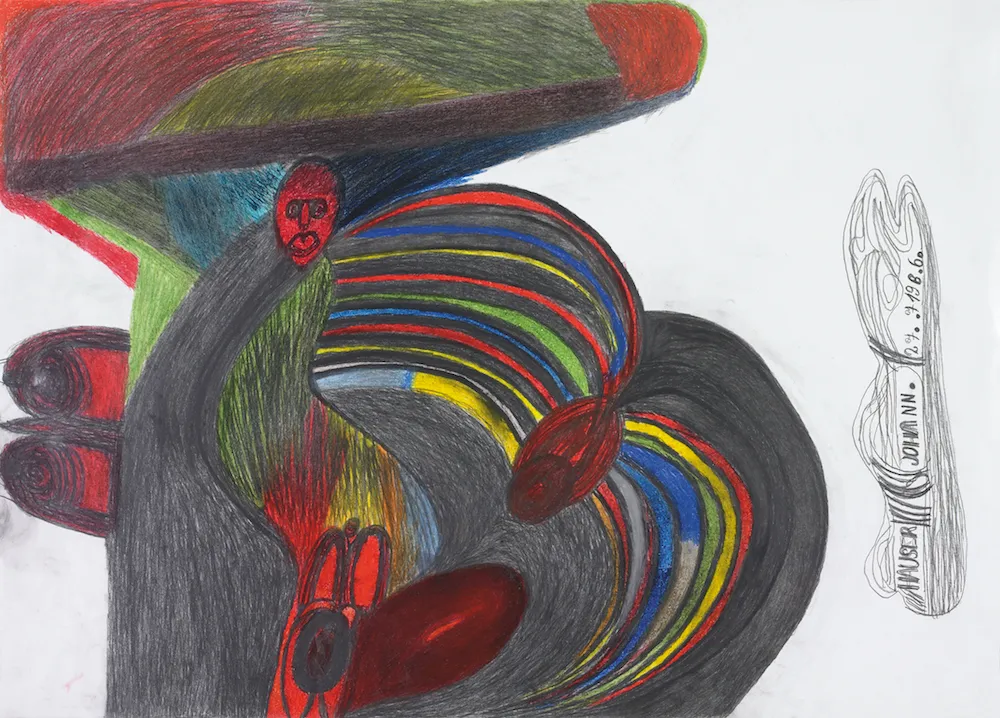How This Vienna Suburb Became the Center of the “Raw Art” Movement
Once a psychiatric clinic, the Art Brut Center Gugging now serves as a museum exhibiting the works of some of the world’s best self-taught artists
/https://tf-cmsv2-smithsonianmag-media.s3.amazonaws.com/filer/35/2f/352f69cc-dd3a-4d67-897b-29b434b2b287/haus_der_kunstler_ostfassade_.jpg)
The notion of artists with no formal training creating incredible pieces of artwork has been an important part of various cultures around the globe for centuries, but it wouldn’t be until the 1940s that this movement of self-taught artists would finally receive its own name.
Dubbed Art Brut or "Raw Art" by Jean Dubuffet, a prolific French painter and sculptor, the movement slowly gained traction throughout Europe during the first half of the 20th century. But there was one place in particular that would eventually become a major epicenter. At one time known as the Maria Gugging Psychiatric Clinic (today, it’s called Art Brut Center Gugging), this cultural center in the town of Maria Gugging, Austria, located a short drive north of Vienna, was once a psychiatric institute that used art therapy as a form of treatment for its patients.
In the 1950s, psychiatrist Leo Navratil began asking his patients to create drawings as a method to help diagnose their ailments. He soon realized that many of his patients were artistically inclined and began prescribing art as a form of therapy. He eventually went on to write a book entitled “Schizophrenie und Kunst” (Schizophrenia and Art) about the intersection of art and mental illness, and by 1970 the Gugging artists held their first art exhibition at the acclaimed Viennese Galerie Nächst St. Stephan. Soon the clinic caught the eye of trained contemporary artists in Vienna and beyond, many of whom descended on Gugging to experience in person this hotbed of outsider art. The movement also piqued the interest of curators worldwide who clamored to showcase the artworks of the Gugging patients, leading to exhibits in over 150 museums and galleries around the world.
So what was it about outsider artists, in particular those living at Gugging, that made them so intriguing to the art world? Dr. Johann Feilacher, the director and a psychiatrist at the Art Brut Center Gugging, as well as an artist himself, thinks the answer is creative isolation.
“Art Brut artists are not influenced by art, meaning the social culture of art isn’t necessarily interesting to them,” Feilacher tells Smithsonian.com. “This gives them the opportunity to make paintings and drawings without any outside influence. They don’t have the works of other painters in their heads, so they’re unable to copy them.”
Today the Art Brut Center Gugging is no longer considered a clinic, and the residents are no longer called patients—however, many second- and third-generation artists still live there as part of the House of Artists, an onsite assisted-living facility that enables residents to live comfortably and independently while also pursuing their artistic endeavors. Their work is regularly shown at Museum Gugging, a gallery located on the property that showcases a revolving exhibition of Gugging artists both past and present, including Johann Hauser and Franz Kamlander, and is open to the public. Currently there are about a dozen self-taught artists in residence at Gugging, as well as two formally trained artists who reside in the facility’s visiting artist studio.
One notable piece on display at Museum Gugging, says Feilacher, is by Hauser entitled "Naked Woman with Hat," which the artist created in 1986.
"This is one of my favorite pieces of Art Brut in general," Feilacher says, "because this main work of Johann Hauser shows individual form and colors in a personal and most impressive language."
In addition to the visiting the museum, travelers can also take one of several guided excursions that include tours of the facility, a picnic and the opportunity to participate in workshops.
